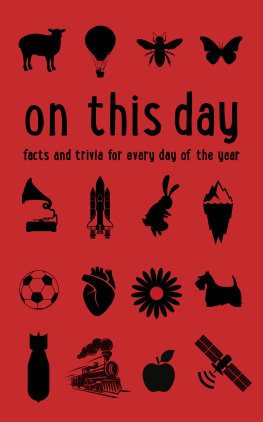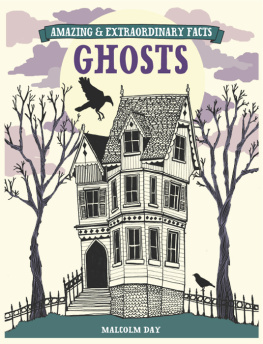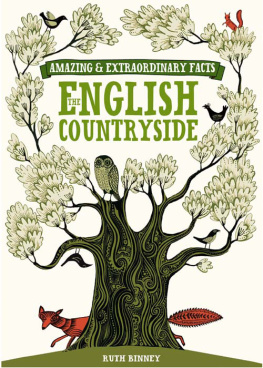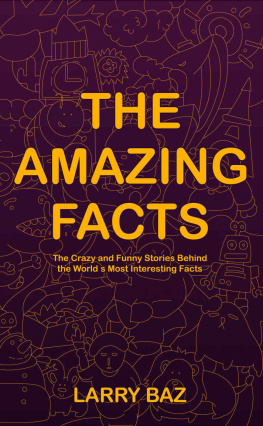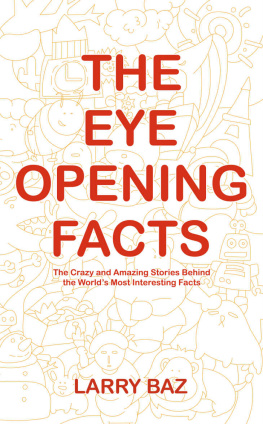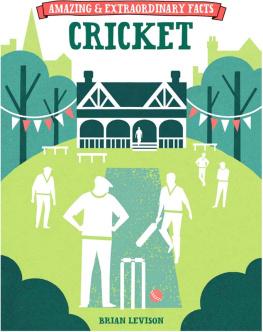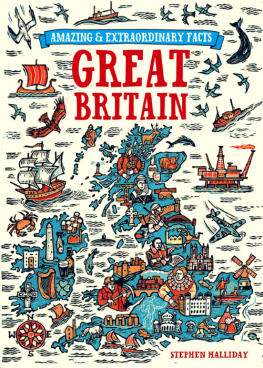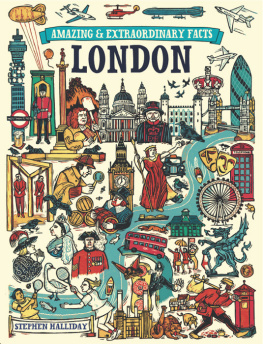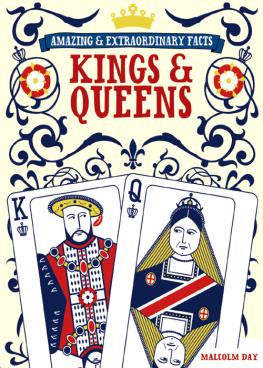INTRODUCTION
Few nations have a longer warlike tradition than Britain, and none has an army that has fought in more far-flung and fearsome corners of the globe than the British Army. English-speaking soldiers have been pretty much everywhere, and usually there is a military cemetery, large or small, to prove it.
The recorded history of Britains wars goes back 2,000 years, to Julius Caesars failed attempt to conquer the island. The successful Roman invasion came a century later, and the only other conquest of Britain by a foreign power (the Normans) more or less exactly a millennium after that precisely at the halfway point, you might say, of this countrys history.
In between the Romans and the Normans the country endured the manifold incursions of the Angles, Saxons, Jutes and Vikings. Their takeover of Britain was too protracted and too piecemeal to be called a conquest; it might better be termed an incremental series of colonisations, supported by the sword and battle-axe. It almost goes without saying that all Britains wars in that first millennium were fought on British soil, and that they therefore had a profound effect on the nature and makeup of Britain itself. The national character that complex alloy of Celtic, Germanic, Scandinavian and Continental elements was forged and tempered in battles and wars waged in our own fields and hedgerows, on our own beaches and in our own backyards.
Over the course of the next millennium, however, Britains warriors tested their mettle many times against other nations (and at times, against themselves). It was British soldiers and sailors doing their gruelling and gruesome work who carved out the largest Empire the world has known. Whatever one may feel about the rights and wrongs of that imperial project, there can be no doubt that it would never have achieved such spectacular results without countless feats of heroism on the part of individual British fighting men.
That same admirable spirit inhabited the tragic young men half the seed of Europe, as the poet Wilfred Owen put it who fought and died in the mud of blood of Flanders during the First World War; and it was present in the next generation, the millions of Britons that took part in the mighty and entirely righteous struggle against Nazism. It is no less present in the servicemen and servicewomen of our own day, soldiering away in the inhospitable landscape of Iraq and Afghanistan.
In this book you will find some anecdotes about Britains outstanding military heroes medal winners and generals such as Nelson, Wellington and Wolfe. But the real heroes of the book are the unremarkable and often anonymous British soldiers the men of all ranks, all services and all wars in the many garbs and incarnations that they have adopted down the centuries of battle. Because in the end, the fascination of war lies not in the military hardware and hierarchies, in the roster of regiments or the orders of battle, but in the fact that war makes ordinary people do extraordinary things. It is an amazing fact that the experience of battle tends to rouse good people to feats of arms and heights of bravery that they never knew they had in them.
To acknowledge that fact is not to glorify war or downplay its horrors; it is to celebrate the courageous, resourceful instinct that resides in each one of us, but which the British people choose to believe they possess in special measure especially when the game seems up, and their aim is true.
Dressed to Kill
The first uniforms of the English army
F or much of English martial history, there was no such thing as a military uniform. True, crusaders wore the cross of St George red on white, and sewn to a sleeve or some other part of the clothing. And the knights of the age of chivalry carried shields bearing a coat of arms that identified them personally. But ordinary soldiers fought and died in their own workaday clothes.
So in the mele of a medieval battle, it would have been hard to tell friend from foe. Friends, perhaps, one would have known personally or at least by sight, having marched with them. Enemies would have been known by some local and unfamiliar quirk of dress, as well as by the language (or at least the accent) in which they cursed and screamed.
The need for some unmistakable way of distinguishing ones own men became acute with the outbreak of the English Civil War. The political divide between royalists and parliamentarians cut through geographical and social boundaries, and members of the same family found themselves in opposite camps and opposing armies. We now imagine that all Roundheads sported the same pudding-bowl haircut, and all Royalists were dandified cavaliers in plumed hats. There is some truth in that, but the fact is that there was not always an obvious way to tell the factions apart, at least not on the battlefield. So in the first encounters of the war, beginning in 1642, men of all ranks on both sides took to wearing sashes in distinctive colours.
It was in 1645, with the formation of the New Model Army under Thomas Fairfax, that standardised uniforms first made an appearance. The New Model Army was an elite fighting force consisting of 22,000 men assigned to 11 regiments of horse, 12 infantry regiments, and a 1,000-strong detachment of dragoons (mounted infantry) all of them dressed in the same red coats. And it was not just their coats that they had in common. Every element of their uniform equipment shirts, knapsacks, belts was standardised and centrally sourced, as this detailed order placed with a supplier in London makes clear: Two Thousand Coates and Two Thousand Breeches at seventeen shillings a Coat and Breeches The coates to be of a Red Colour and of Suffolk, Coventry, or Gloucester-Shire Cloth Three Quarters and Nayle long, according to a pattern delivered The Breeches to Be of Grey & Made of Reading Cloth The stockings to be of good Welsh Cotton. In the course of 1645, the quartermasters of the New Model Army also contracted for 4,500 pairs of shoes sevrall sizes of Tennes, Eleavens, Twelves and thirteenes, more than 11,000 guns, 9,000 infantry swords, as well as Pikes of good Ash, sixteen Foote long with steele heads at three shillings tenpence a pike and 2000 Bandoleers to bee of wood with whole bottoms to be turned within and not bored, with good belts to be brought to the Tower of London immediately

The order books make it clear that there was a very efficient machine behind the Roundhead army, which is surely one of the reasons they won in the end. More intangible is the psychological effect of wearing a uniform, which must have been the same for a soldier then as it is for a soldier now. It would have made those New Model Army men feel that they were part of a unit, it would have instilled a sense of pride and purpose, it would have been an outward sign of an all-pervasive military discipline. (The New Model Army were also given regular pay, an entirely new idea that must have done wonders for morale).
And the uniform impressed onlookers both those who were for the Roundheads and those who were against. The professional air of the army certainly caused a stir in May 1645 when, newly fitted out, they set out from Windsor to lay siege to Oxford: The manner of Sir Thomas Fairfaxes march is thus, wrote one eyewitness. Major Skippon marched in the van of the foot and leadeth the Generalls own regiment the men are Red-coats all the whole army, only are distinguished by the several facings of their coats, the fire-locks only some of them are tauny coates; and thus the regiments of foot march one after the other.


